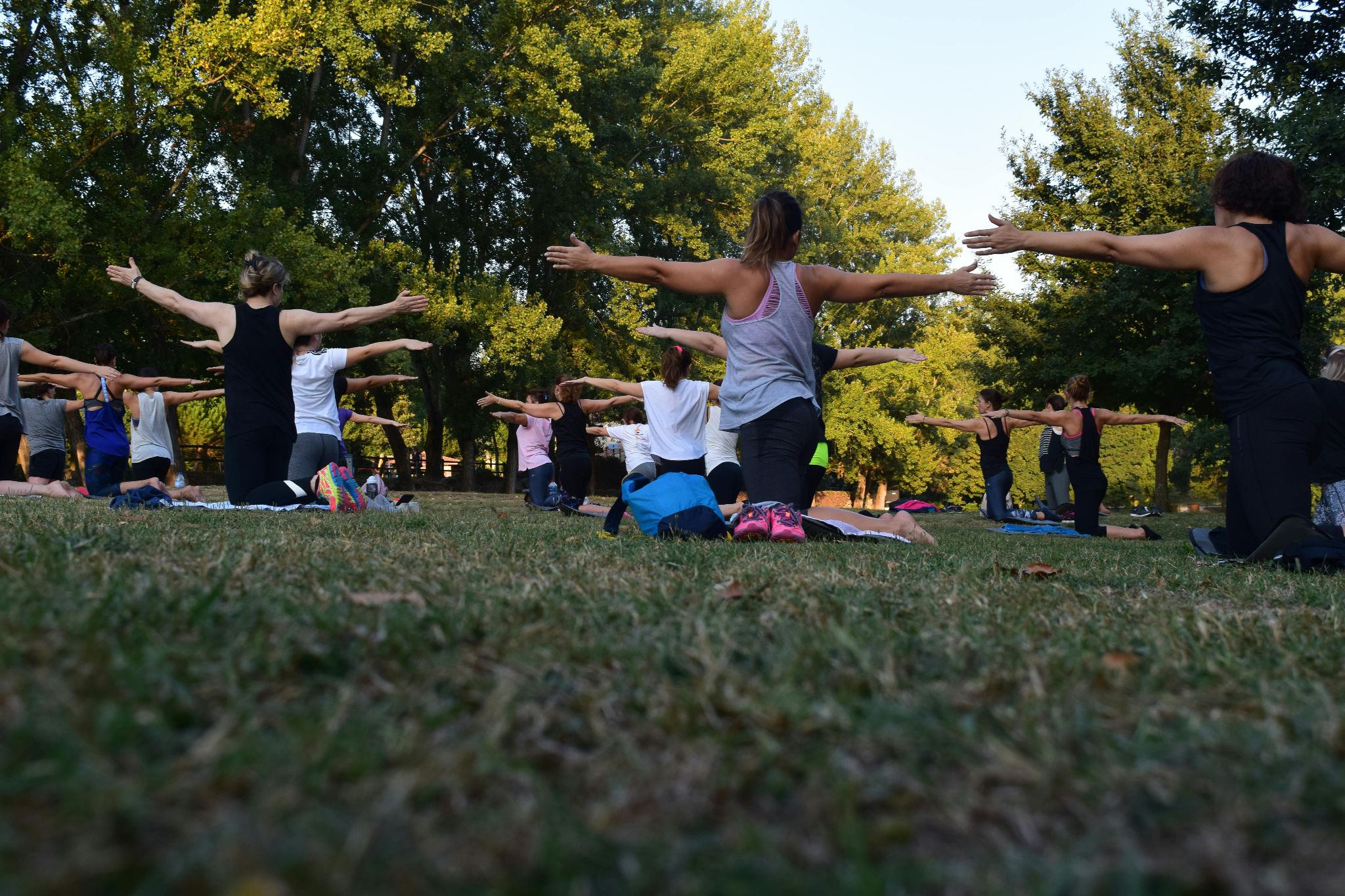Some mornings, the motivation is there. You stretch, drink water, maybe even journal or jog. Other days, it vanishes. Wellness can feel like a fleeting idea — something you reach for, touch briefly, and then lose in the noise of life. But consistency isn’t about discipline or perfection. It’s about knowing what breaks you, what holds you, and what actually makes sticking to the path feel possible. Let’s talk through seven ways people hold their wellness goals a little closer — and why most systems fail when they try to “optimize” the very thing that needs gentleness to survive.
Your brain doesn’t trust false starts
If you’ve ever bounced between meal plans or rushed into five workouts in a week only to quit the next, you’re not alone. What feels like progress to us — starting something with intensity — often looks like chaos to our brain. The neurological architecture that governs habit formation doesn’t thrive on novelty; it craves continuity. When routines are sporadic or overambitious, sporadic attempts confuse the brain, leading it to disregard those behaviors as irrelevant noise rather than patterns worth embedding into long-term memory. The result? Even well-intentioned efforts never gain real traction. Starting small isn’t just wise — it’s neurobiologically sound.
Ease is underrated — especially for exercise
There’s a misconception that self-care has to be intense to matter. But most long-term shifts start by lightening the load. Rigid systems collapse; flexible ones adjust. If you’re looking to stay consistent with movement, the smartest thing you can do is lower the stakes. That might mean letting go of the idea of “working out” entirely and instead just finding ways to get in exercise through daily living. Walk during phone calls. Stretch while waiting on dinner. Let the gym be a bonus, not a baseline. Sustainable wellness lives in the in-between moments — not just the ones tracked by your fitness app.
Repetition matters, but so does context
Doing the same yoga video every day doesn’t mean much if you’re doing it at wildly different times, in random places, or under stress. What solidifies routines isn’t just the act — it’s the situation surrounding the act. Studies show we’re more successful in making habits through stable contexts — same place, same sequence, same environmental cues. That means setting up your space matters. So does when you stretch, not just how. By keeping the surrounding elements of your routine consistent, you make it easier for your brain to latch on. You’re not just repeating a behavior — you’re embedding it into a recognizable rhythm.
Friction isn’t just physical — it’s behavioral
You know that weird resistance you feel before opening a meditation app or prepping a salad? That’s behavioral friction — invisible but powerful. We often attribute inconsistency to lack of willpower, but the real culprit is usually unseen blockers in your environment or routine. Researchers found that environmental pressures shape habit change more than we think — from cluttered spaces to social distractions. Even small friction points, like having to dig out workout clothes or charge a dead device, can break the momentum. The fix isn’t motivation hacks — it’s subtraction. Remove a single point of resistance and you’ll likely do the thing more often without even trying.
Pleasure builds the memory, not just the motion
Most habit advice focuses on function: wake up, walk, repeat. But people don’t come back to things that feel flat. You need spark. Something in the experience — a feeling, a moment of relief, a win — must feel earned. That’s because pleasure and intrinsic motivation strengthen habits far more than outcome tracking or pressure. Enjoying the act (not just the result) is what gives your brain a reason to care. So, find the joy. Pick the playlist that lifts your chest. Choose the stretching video that makes you laugh. Let the food be colorful. It’s not soft to seek pleasure — it’s smart architecture.
Believing you can is half the battle
Self-doubt is quiet, but brutal. It doesn’t yell — it shrugs. “You probably won’t keep this up.” It’s the voice that turns one skipped day into a skipped month. What works better than shame? Confidence built slowly. Research shows that self‑efficacy strongly relates to whether or not someone sustains wellness behaviors. That means success isn’t just about knowing what to do — it’s about believing that you can do it, even when it feels like starting over. Each small win builds that belief. Even repeating a habit imperfectly helps. You’re not training your body. You’re training your faith in yourself.
Self-care isn’t a side project anymore
This isn’t just personal. It’s systemic. The visibility of self-care has shifted — from a private indulgence to a necessary social and public health practice. The pandemic, global burnout, and rising mental health awareness have all contributed to a reframing: self‑care gained visibility globally, and it’s now treated as a legitimate lever for population-wide wellbeing. For individuals, that means the support systems, resources, and expectations are evolving too. You’re not alone in trying to hold onto wellness goals. You’re part of a broader wave of people refusing to collapse under unsustainable models of productivity. That shift matters.
Consistency isn’t a personality trait. It’s a practice, shaped by what’s allowed to thrive and what’s made easy. You don’t have to fight your nature. You just have to stop designing systems that ignore it. Anchor your actions in repetition, not perfection. Design your environment to say yes more often. Seek joy, not just outcomes. Let the world’s noise dim for a moment, and listen to what actually helps you return to yourself — again and again. You don’t need more willpower. You need fewer blockers and better rhythms.
Discover the latest in sustainable and inclusive fashion trends by visiting Fashionnovation and explore how style meets innovation in every thread.
You can write to us at fashionnovationfd@gmail.com
We read and publish your articles!
You may also like to read our similar articles:
How Fashion Designers and Other Creatives Can Get Noticed
Weathering the Storm: How Fashion Entrepreneurs Can Stay Resilient in Hard Times





0 Comments